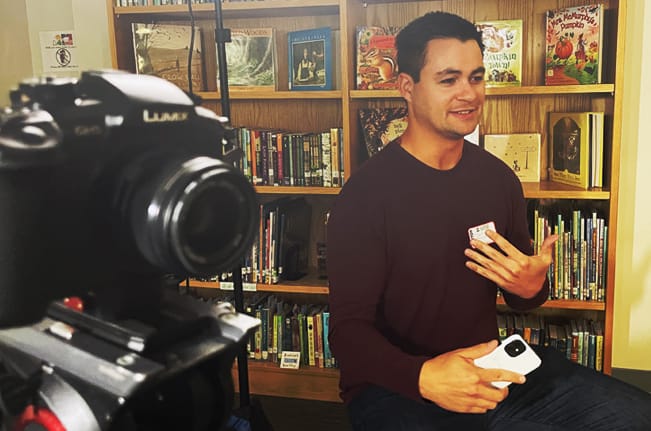3 Types of Videos a School Should Use to Enhance Their Brand
It doesn’t matter what type of organization you lead – you should be using video to enhance brand presence throughout channels. In doing so, you’ll be exposing more people to your brand, nurturing leads, and even retaining customers. Since video is the closest thing to an in-person interaction, all organizations should be utilizing it to […]
3 Types of Videos a School Should Use to Enhance Their Brand Read More »












